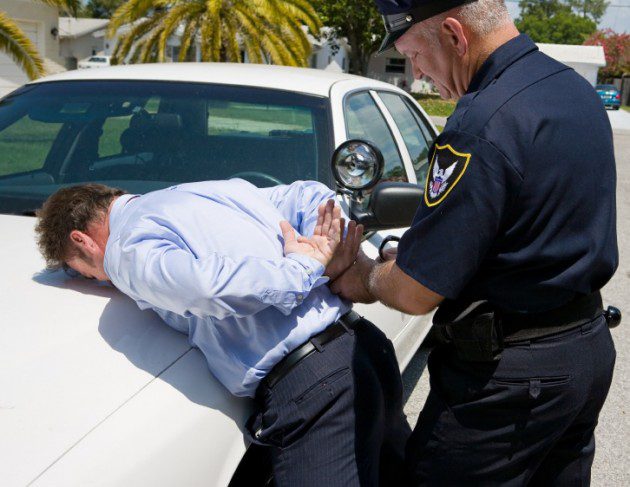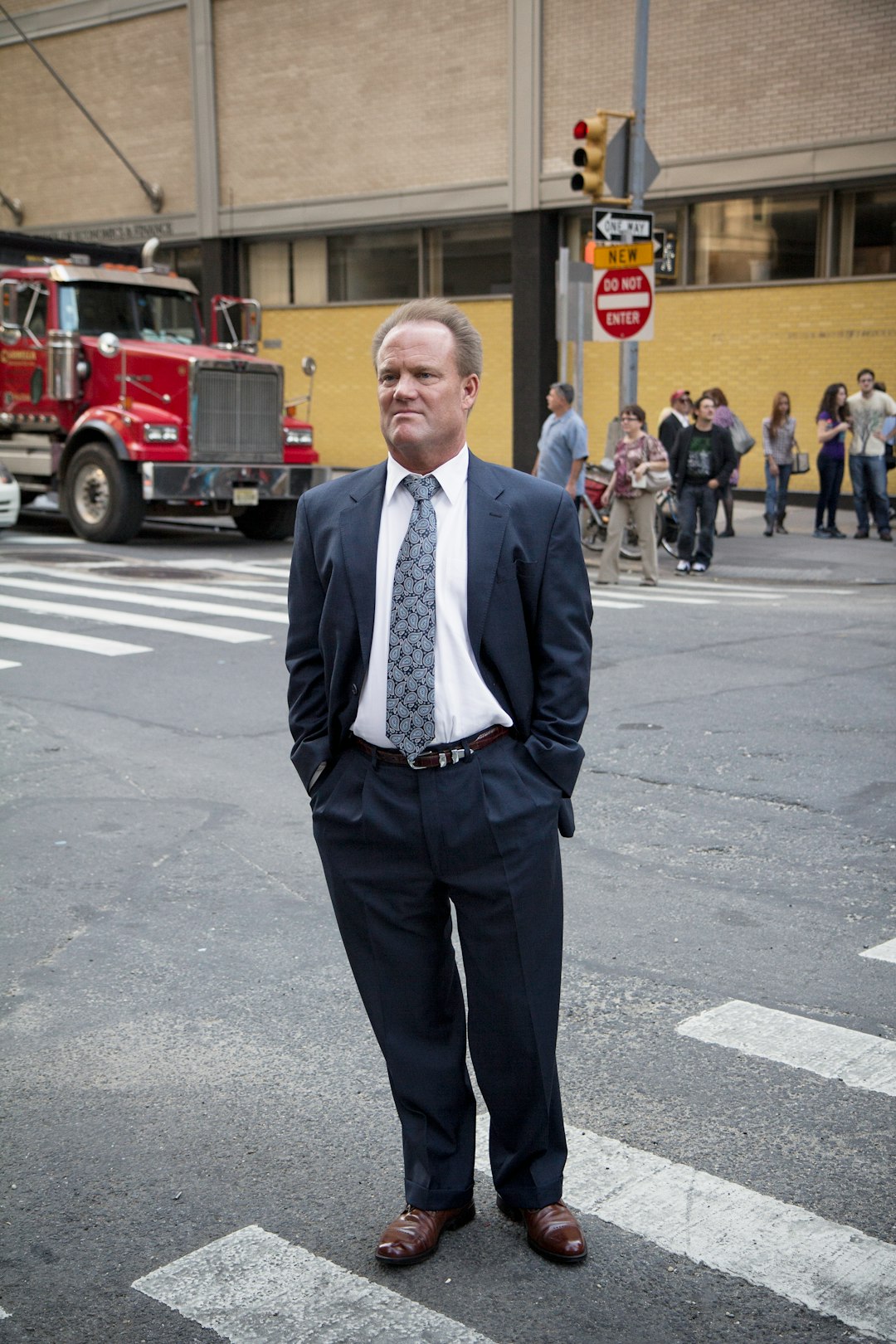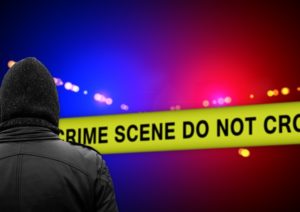
When you think of a cop, what comes to mind? Do you instantly picture an officer reaching into his utility belt to pull out his gun? While this is often how officers are portrayed in movies, it just wouldn’t be the same if they didn’t have their trusty utility belt on. But what do they actually keep in there?
With Great Power, Comes Great Responsibility
Since the early days of the police force, a utility belt has served as the main vessel for transporting tools and equipment. This important accessory that once held swords or muskets is now filled with high-tech police equipment.
For an officer to be ready to serve and protect they need many different pieces of equipment on them at all times. At max capacity, cops can expect to carry 10lbs of additional weight on their utility belt.
Many people, whether in law enforcement or not, are curious as to what exactly is kept on the utility belt.
If you’re interested in pursuing a career in law enforcement, you’re probably wondering what you be equipped with. Police officers themselves often query cops in different jurisdictions to see what they are equipped with.
Let’s break down the items that you will typically find on a cops utility belt.
1. Flashlight
Cops always have at least one flashlight on them. This isn’t a standard flashlight that you use in your home when the power goes out. An officer is equipped with a long-armed, heavy duty flashlight. They come with LED or halogen bulbs and are known to emit so much heat they can burn through clothing and seats.
A brand officers tend to use is called Maglite. They can be re-charged inside of the police car and slid into the belt during nighttime calls or anytime they feel they may need it.
On top of the main flashlight, many cops will bring a more compact, LED model that is more useful for tasks like searching cars as it is less bulky.
2. Baton
A baton is a staple of the police utility belt. Sometimes referred to as a nightstick, there are different varieties available and they have multiple uses. The standard use of the baton is for hitting aggressive criminals to subdue them. But beyond that it can also be used as a defensive tool.
The baton can serve as a restraint to allow officers time to handcuff the person in question. I can also shield the officer from attacks and prevent them from getting injured.
3. Extra Magazines
One of the most noticeable features of a police officers utility belt is where they store their magazines. The pouch sometimes features multiple sections, allowing for additional magazines to be held.
What are magazines? You may have heard them referred to as clips and they hold additional rounds which are then fed into the officers’ weapon. Most officers used to carry semiautomatic firearms but now usually have automatic ones, so the magazine pouch is an essential element on the utility belt.
4. Firearm
Depending where you live, police officers may carry a firearm on their belt. In the US, cops have always kept firearms on them as part of their standard equipment kit. Some even have additional weapons stashed on their bodies as backup. The pistols carried are usually .40 caliber, but we may see the switch to .45 caliber soon.
In England, where the police force was essentially created, cops do not carry firearms unless they are part of a special task force. Back in the 1800s when the police force began in London, many were worried they would be seen as controllers rather than protectors if they had firearms. They opted not to have the force carry them and that still stands today.
5. Handcuffs
Used for making arrests, the handcuffs are one of the most used and most recognized parts of an officers’ utility kit. Though the look straightforward to use, they are actually quite difficult to figure out. Cops have to be trained on handcuff usage at the police academy as good skill with handcuffs is essential to keeping them and the person they are arresting safe.
6. ECD
An ECD is and electronic control device. This is one of the most iconic submission tools carried by an officer and is most commonly known as a Taser. Taser actually refers to the company who makes them and not the ECD itself.
ECDs have caused some debates recently as they have been linked to multiple deaths of prisoners. Though linked, these accusations aren’t conclusive and ECD companies stand up for their products and their use. Police forces continue to research and gather information on ECD usage. Though it is a weapon, sometimes just the sight of it is enough to convince a criminal to comply with the police.
An ECD works by delivering electronic pulses to the subject, which interfere with the signals travelling between the brain and the rest of the body. This means they are immobilized while device is in use.
7. Pepper Spray
There are a variety of different kinds of pepper spray available. Pepper spray may contain tear gas, or capsaicin, which is the substance that makes chilis spicy. For most, the effects will cause no long-term harm, unless the subject is allergic. Specifically, the ones with capsaicin, since it’s a natural substance, cause pain from the heat of the oil. It’s extremely painful, but the pain will subside.
Law enforcement agencies are generally quite strict about using it. They will sometimes even be forced to be pepper sprayed themselves, so they know what it feels like. Ideally, this will promote awareness in the officers, so they don’t use it unnecessarily. On top of that, if they do use it, they may be exposed to it and at least they will know what to expect.
There’s More to Being a Cop Than the Belt
While wearing a utility belt is part of the role of an officer, it is not the only part. You don’t just put on the belt and become a cop. Behind each officer is in-depth training and application of the law enforcement procedures. While the tools are cool, they are not toys. Their main purpose is to help protect and serve the community.
The items found in a cops utility belt are to aid them in complying with lawful procedures.






